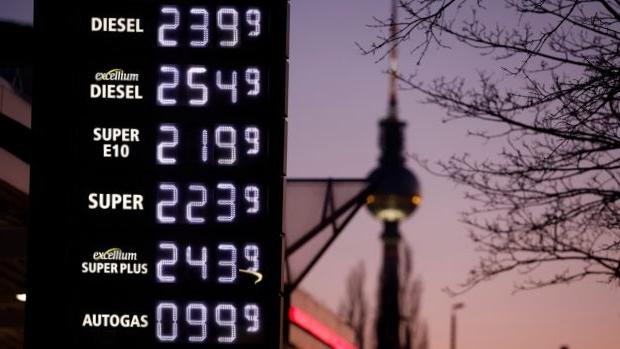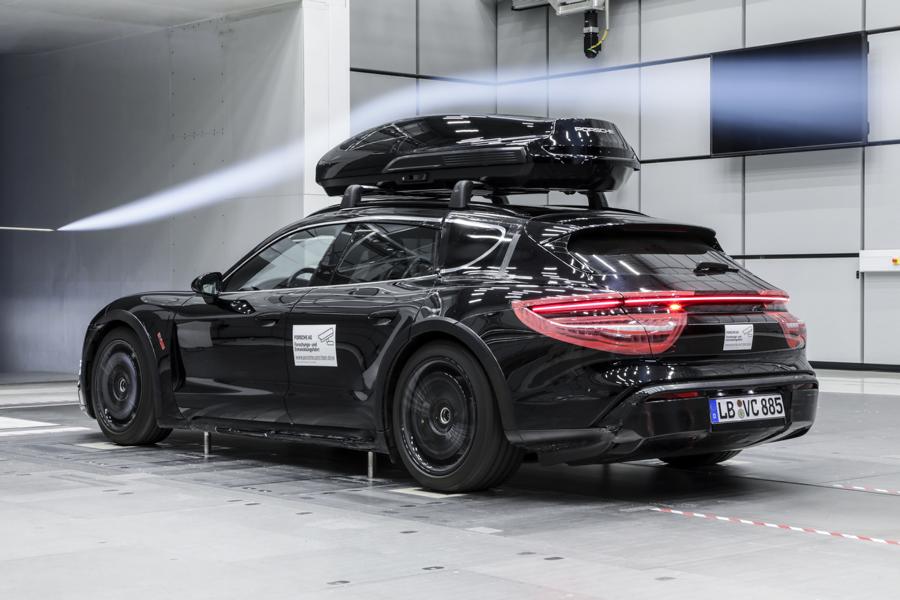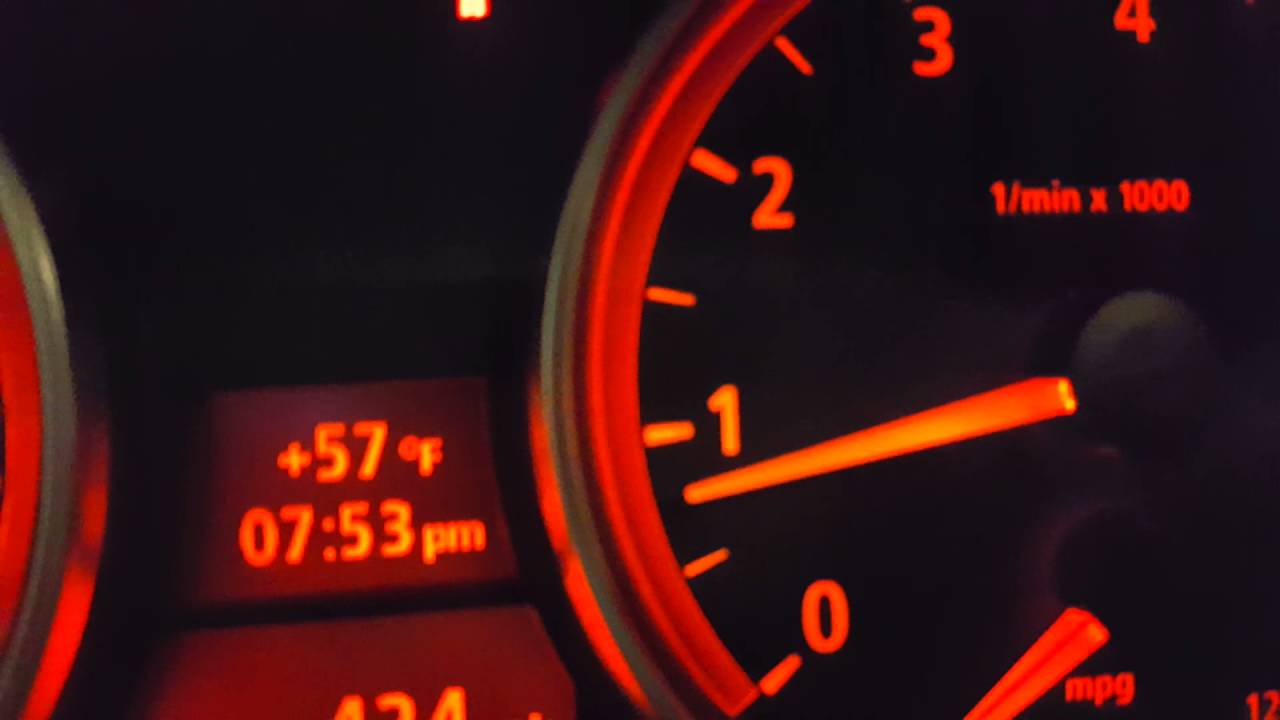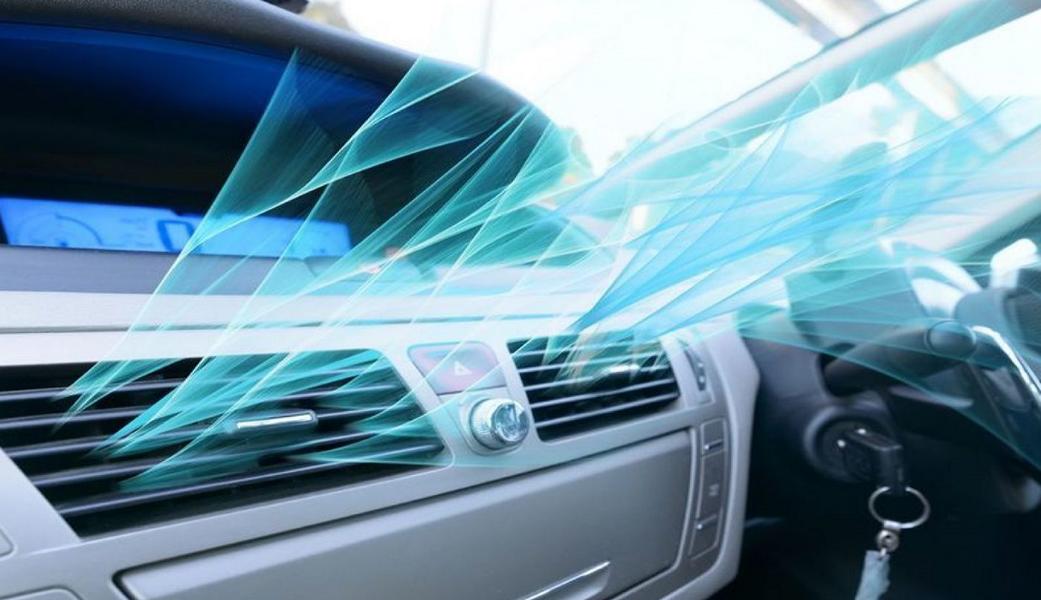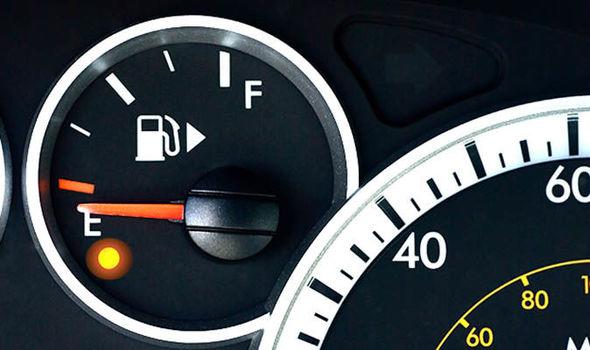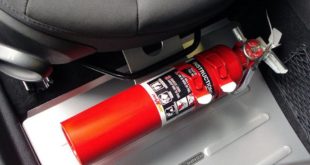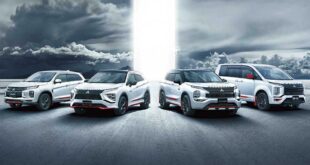Diesel and petrol are becoming more and more expensive. Here are a few tips to reduce consumption and therefore to reduce costs. If you look at the prices for fuel at the gas stations, the hairs on the back of your neck stand up. Alternatively by public transport or by bike to work? Not everyone can take this step. So what to do? The first tip in this context is to leave the car where it goes. If the car isn't driving, it doesn't consume anything. However, if you are dependent on your vehicle, the tip to leave it at home is not of much use.
reduce consumption
Is there a chance to get more kilometers out of the fuel in the vehicle than before? To this we say: JA. If the car moves unnecessary ballast, fuel is consumed unnecessarily. If a vehicle with approx. 100 kg of ballast drives a good 100 km through the area, it consumes approx 0,3 liters more fuel. And the unnecessary weight affects especially in city traffic, where you often have to stop and start. Beverage crates, sports equipment, cat litter and various odds and ends are unnecessarily brought into motion again and again. So everything that is not required in the vehicle is allowed to be in the name of saving fuel leave. Does the vehicle have unnecessarily high air resistance? This is what happens when a roof box, carriers for bicycles or a Roof rack are on the roof. And if there is a canister in the vehicle, it belongs well gesichert and housed as far away from the passengers as possible if he has to stay in the vehicle. Tip: If the reserve canister is needed, then you can the permitted quantity for transport not exceed in the vehicle.
Clear the roof of all superstructures.
A conventional roof box takes care of one consumption from up to 2 liters. And if, for example, there is a bicycle rack with two bicycles on the vehicle and you are traveling at 130 km/h, consumption increases by up to 42 percent. So please remove everything that is not needed from the roof. By the way, the bicycle can actually be an alternative for short distances. Or, if possible, you can take various short tours by vehicle combine to form a longer route. The vehicle then saves several cold starts. When starting from cold, the car needs more fuel. Until the engine is warm, it uses a richer mixture (petrol engine), i.e. more fuel. That's why it can be worthwhile to combine several short trips. And immediately after the start, the driver should accelerate quickly and shift up early. It should be shifted up with a manual shifter at around 2.000 rpm. If the engine jerks or hums, then of course switch back again. Modern vehicles show Eco shift recommendations on the display and the problem does not exist with an automatic anyway.
Steady pace and engine braking.
Looking ahead driving means little braking, but using the effect of the engine brake for as long as possible. A large proportion of vehicles shift gears when coasting the supply of fuel. So if you roll towards a red traffic light or take your foot off the gas early before entering a town, don't take the gear out: Anyone who keeps the speed constant and does not travel too fast ensures low consumption. If you drive faster than 80 km/h, the air resistance has an extreme effect on consumption. A Cruise Control helps drive smoother, whether on the highway or on a flat road. As soon as the vehicle stops moving, it is time to start the engine to make out. Even if the car is stationary for more than 20 seconds, you should also turn off the engine. If the car is idling for an hour, it consumes up to half a liter of fuel. Modern vehicles support this advice with a Start-stop system. If you don't have this automatic start-stop system, you have to operate the key yourself. And when the engine is warm, the starter and the battery are not put under too much strain when starting. In winter, however, you have to weigh up carefully whether you do it or not.
The heater and other electrical consumers!
who all superfluous electrical equipment leaving it out in the car can save money. Convenient extras, like a Heated seats, should be switched off again as soon as possible. A security-related equipment, such as the lighting, the Window heating or the Windshield wiper should of course not used to save, primarily not in winter. The temperature inside is important for the driver to stay fit and it also ensures safety. Nevertheless, one consumes Air conditioning depending on technology and vehicle in operation for 100 kilometers 0,3 to 1,5 liters more. Therefore, you should not use the air conditioning to cool the vehicle down particularly deeply.
And if you drive when the outside temperature is high with the windows open or the sunroof open, the air is more turbulent. This additional air turbulence through four open windows at 100 km/h consumes around 0,2 liters more. If you are driving in city traffic, however, open windows can be compared to a running air conditioning system Save fuel. Next is also the correct air pressure in the tires is important. Just 0,5 bar less than the manufacturer recommends can increase consumption by up to five percent. In addition, there is the safety risk, as driving behavior deteriorates and braking distances increase. The air pressure should be checked at least once a month or at every second refueling stop.
Prices at the gas station: Choose the right time to fill up.
Refueling is usually the most expensive during rush hour. Often the price between 18pm and 19pm and between 20pm and 22pm the lowest. And the individual providers often have different prices among themselves. In general, fuel prices are usually highest in the morning. There are various tank apps to compare prices in the area. A tank app allows Real time to compare the price.
Is it worth going further to a cheaper gas station?
Let's assume that gas station A sells gas for €2,50 a liter and gas station B charges €2. That would be a huge difference. But this is not uncommon, especially in the border area. Now let's assume that 50 liters of fuel fit into the tank. With savings of €0,50 per liter, the driver can fill up on each tank 25, - € save. Now we assume that the vehicle needs 8 liters per 100 kilometers. Then that's 0,08 liters per kilometer and about €0,16. This means if the detour is 10 kilometers long, it will cost the driver around 1,60 €. If the detour is 30 kilometers, it will cost you 4,80 €. So you can easily calculate how far the detour can be, so that there is still something left of the price advantage. Calculated differently, one could say that a price saving of €25 divided by €0,16 per kilometer would be 156 km "Detour" possible until the savings are completely used up.
But attention: This is one purely mathematical rule of thumb. Fuel that is still in the tank and how expensive this fuel was are not included in the formula. Wear and tear and the loss in value of the vehicle are also not included in the calculation. And the time required and the additional CO₂ emissions caused by the detour are not included. Detours to refuel, such as driving abroad, should therefore be properly calculated. Detours that result from a slightly different route, which can be combined with an errand or an excursion, are worthwhile in any case.
Of course, that wasn't the end of it!
tuningblog has countless other articles on the subject of car and auto tuning in stock. Do you want to see them all? Just click HERE and look around. In part, we would like to provide you with news but also off the tuning. In our category Tips, products, information & Co We have reviews of car or accessories manufacturers, new ones Tuning Wiki Terms or one or the other Leak veröffentlicht. Following an excerpt of the last articles:
"Tuningblog.eu" - we keep you up to date on the subject of car tuning and car styling with our tuning magazine and we present you the latest tuned vehicles from all over the world every day. It's best to subscribe to ours Feed and will automatically be informed as soon as there is something new about this post, and of course also to all other contributions.
 tuningblog.eu Your magazine about tuning the car
tuningblog.eu Your magazine about tuning the car
